NASA has launched the fourth and final satellite in the GOES-R series. Launched into space by a SpaceX Falcon Heavy rocket on Tuesday, GOES-U will collect advanced information on climate and environmental conditions in the Western Hemisphere on behalf of the National Oceanic and Atmospheric Administration (NOAA).
NASA and NOAA began the GOES (Geostationary Operational Environmental Satellite) program in 1975 with GOES-1. Using its Visible Infrared Rotating Scanning Radiometer (VISSR), GOES-1 took daytime and nighttime images of Earth's cloud conditions and helped NOAA monitor weather events, which were used to improve weather prediction models. at home. Since then, more than a dozen GOES satellites have followed, each belonging to one of four generations. The latest of these generations is GOES-R, which began with the titular GOES-R satellite. launched in 2016.
Today, all four GOES-R satellites are in space. VA-U thrown out June 25 at 5:36 pm EDT from Launch Complex 39A at NASA's Kennedy Space Center. At 10:18 p.m., the spacecraft's solar panels deployed, allowing it to operate on its own power as it settles into a geostationary orbit approximately 22,000 miles above Earth. Once it gets there, GOES-U will be renamed GOES-19 according to NOAA. GOES Satellite Naming Convention.

Credit: NOAA/NASA
Together, NOAA's GOES constellation captures ground-based weather data that improves forecasts for meteorologists here on Earth. But it's not just about making the weather application on your smartphone more precise; The GOES mission supports the monitoring of extreme weather conditions and the search for long-term atmospheric data. By providing scientists with information on air quality, vegetative health, sea surface temperature, wildfire progression, and the hallmarks of flash floods, GOES could transform the way we prepare for events. deadly weather conditions or manage certain parts of our food supply. Satellites also help scientists predict and monitor near-Earth space weather that could interfere with satellite or radio communications, such as geomagnetic storms.
While VA-16, VA-17and VA-18 have captured some impressive images so far, GOES-U/GOES-19 will feature a new instrument, the Compact Cornograph-1, which NASA says “It will block bright light from the Sun so scientists can observe the relatively weaker solar atmosphere.” The instrument will be used largely to detect coronal mass ejections or CMEs. The latest GOES satellite is expected to reach orbit in about two weeks.







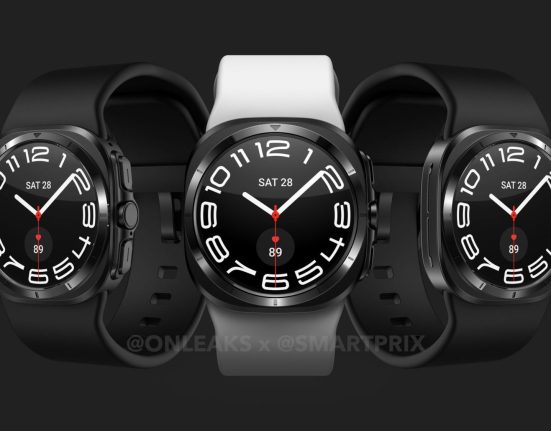
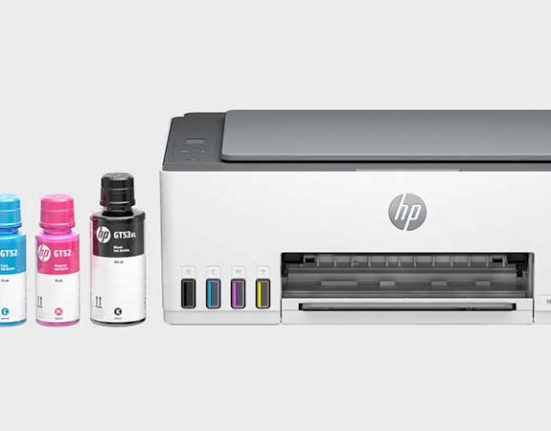
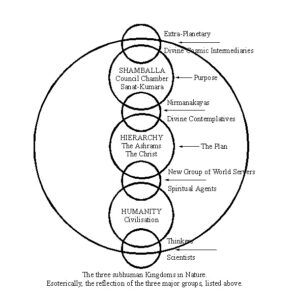

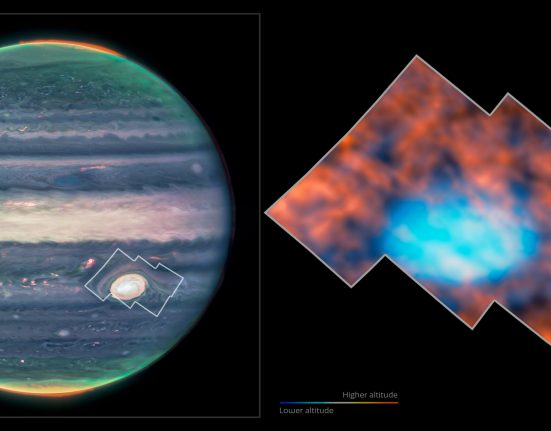
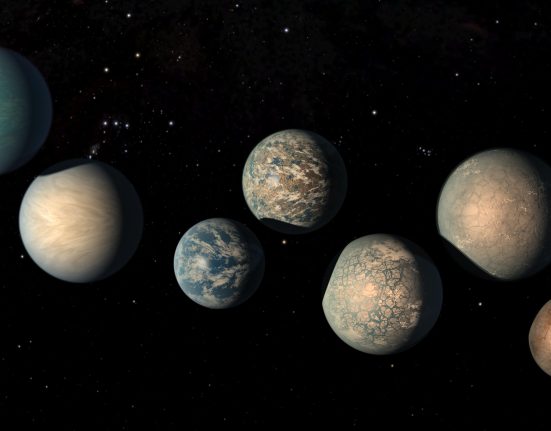
Leave feedback about this